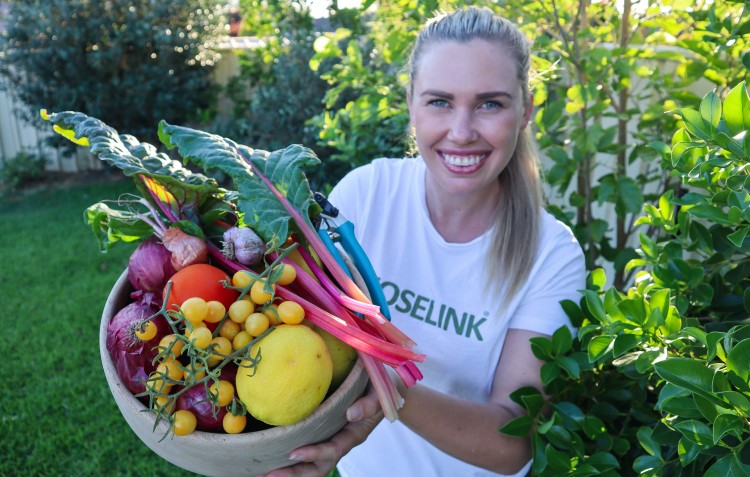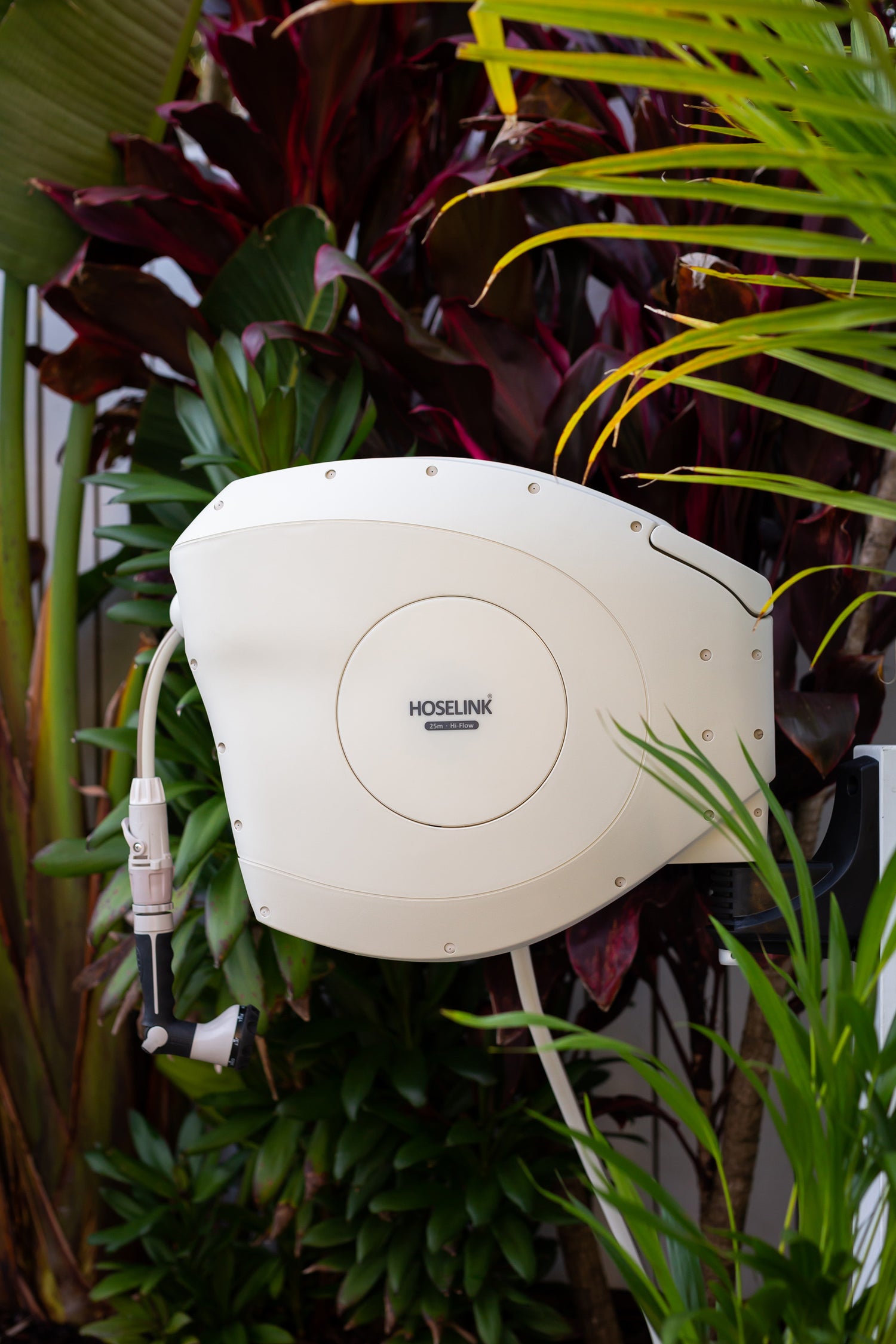Base crops are ones that produce a large amount of food and will provide you with a great platform to build complete and wholesome dishes from.
Just as we have staples in the pantry, it is important to have staples in the garden to carry us through each season. Base crops are easy to grow, harvest and store, and they can provide a high level of calorie-dense nutrition, carbohydrates and flavour enhancements.
Base crops include fruits or vegetables that can be grown in bulk and preserved to use throughout the year. Below are some of my favourite base crops for creating a sustainable food source from home all year round.
Spring/Summer crops
Pumpkins
Pumpkins are a fantastic crop to grow because they produce an abundance of food and can be easily stored to use throughout the year. Pumpkins are easy to grow and prefer warm dry weather. It is important to water pumpkins in the morning or under the leaves as they can be prone to mildew if their leaves remain moist for too long. Pumpkins can be used in both sweet and savoury dishes and a single pumpkin can go a long way to help provide garden-to-plate meals.
Pumpkin purée can be used to bulk up sauces and even as a replacement for eggs or fats in some baking recipes. Pumpkin can also be used to in both sweet and savoury dishes from soups to cakes, so it is a great edible plant to grow on your sustainability journey.

Sweet potato
Growing sweet potatoes (Ipomoea batatas) in your home garden is a great step towards self-sufficiency. Sweet Potatoes are my favourite permaculture plant, and they are an easy crop to grow for beginner gardeners. It is important to grow plants that support and encourage other plants and beneficial insects in your garden, creating a cohesive ecosystem that promotes the growth and success of your garden’s health and supports abundant harvests. Did you know the leaves of the sweet potato plant are also edible? They provide a great source of greens whilst your crop is growing. Sweet potatoes are very versatile in the kitchen and can be used for both sweet and savoury dishes.
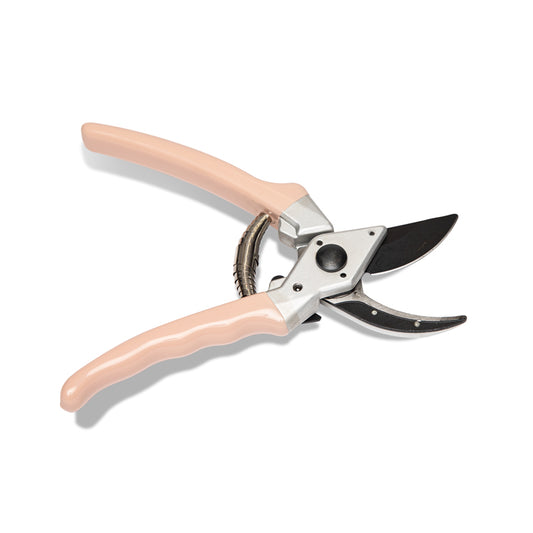

Tomatoes
Tomatoes can produce generous crops during the warmer seasons of spring and summer and can easily be preserved to use throughout the year. You can grow a huge number of tomatoes on just a few plants, which makes them a great staple for self-sufficiency. You can preserve your tomatoes by canning, bottling, making sauce, chutney, relish, soup, dehydrating or simply freezing them whole. Whole frozen tomatoes can be used to make sauces or relish at a later date or added to soups and slow-cooked meals throughout the year.
Beans
Beans are another excellent base vegetable that produces a huge abundance in a small time frame. You can grow a lot of beans in a small space by creating a vertical trellis for the plant to grow up. Beans can be frozen, fermented, bottled or canned to preserve them for use throughout the year. Beans are an easy vegetable to add into many meals such as stir-fries, curries, soups, salads, or as a side dish on their own.
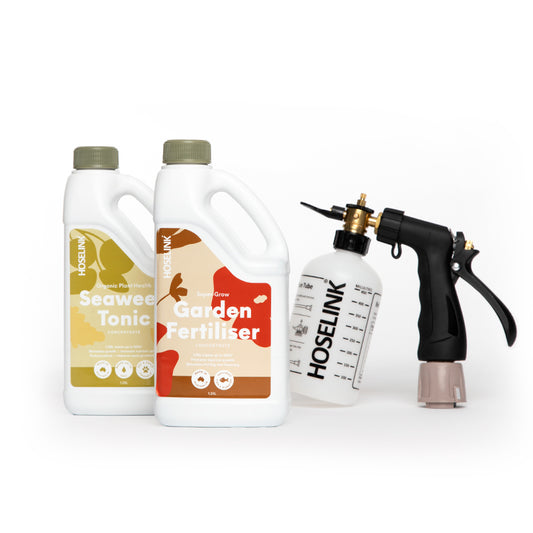
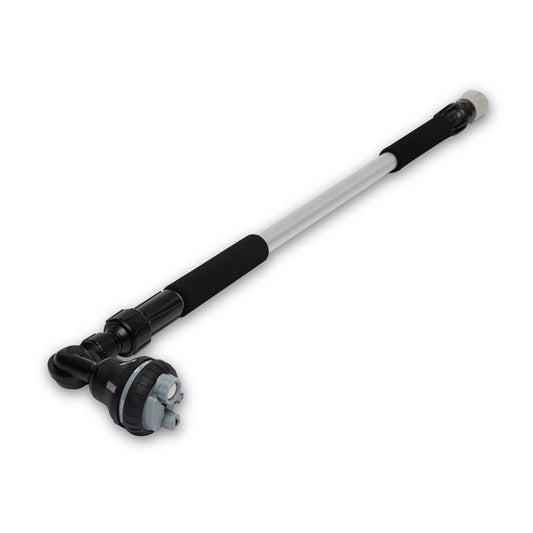
Autumn/winter crops
Cabbage
Cabbage is a hearty winter vegetable that provides a lot of food on a single plant. One cabbage can go a long way when creating meals for your family. Cabbage can be preserved to use throughout the year by fermenting it and making sauerkraut. This is a great way to use up surplus cabbage and is also great for promoting gut health.
Cabbage is fantastic for bulking up salads and stir-fries too or sautéed as a side dish of its own. Cabbage can also be used for bun-less burgers and wraps.
Cauliflower
Cauliflower is a hearty winter crop that can be used to form the base of many different dishes. The leaves of the cauliflower are also edible and can be used as another form of leafy greens for added vitamins and nutrients. Cauliflower can be pickled, fermented or frozen to use throughout the year.
Cauliflower is very versatile and can easily be used to replace rice and flour in many dishes. Cauliflower can be blitzed to make pizza bases, bread, rice, pasta, or as a substitute for mash potato. Cauliflower can also be roasted whole, or the florets used in stir-fries, curries, and soups. You can also slice cauliflower into steaks to pan-fry or oven roast. There are just so many ways to create wholesome dishes with the humble cauliflower. Cauliflower sushi is also one of my favourites!
Cauliflower comes in many varieties and colours including purple and green, so have fun experimenting to find your favourite.

Onions
Onions form the base of many dishes and are a staple flavour-enhancing vegetable. The great thing about onions is that they store well and can be easily dried and kept for many months after harvesting. Onions can also be dehydrated, pickled or frozen to use throughout the year. They are easy vegetables to grow and grow well in many different conditions. Onions prefer the cooler weather of autumn here in Western Australia but in colder climates they can be sown in spring. The onion family come in many shapes and sizes from spring onions, red onions, bunching onions, pickling onions, white onions and many more. They are a great staple vegetable to add flavour to your delicious homemade meals.
Garlic
Just like onions, garlic is another staple flavour-enhancing vegetable. A large crop of garlic can be grown in a small space and used throughout the year. Garlic is not only great for enhancing flavour, but it also has many medicinal benefits with anti-bacterial and anti-fungal properties. Garlic is a great allrounder for your health, home and kitchen needs!
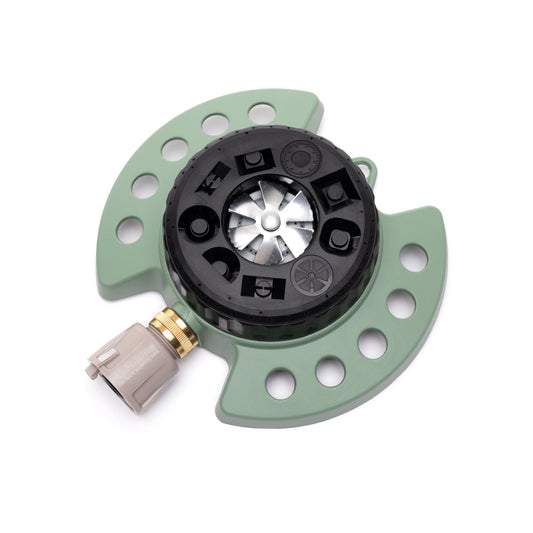

Rainbow chard
Rainbow or Swiss chard are powerhouse greens for your edible garden. They are easy to grow and produce an abundance of nutrient-dense food. You can pickle, ferment or freeze your extra produce to eat throughout the year too. I choose to grow rainbow chard varieties because I love the pop of colour in my winter garden and in the meals I cook with it. You can use chard in so many dishes from stir-fries, curries, soups, omelettes, pesto, salads and as a stand-alone side dish. Chard can also be used as an alternative to wraps!

Fruit Trees
Apple
Apple trees are a great staple fruit tree for a home garden because they can be used in so many ways. Apples are an extremely versatile fruit and can be used for both sweet and savoury dishes. You can preserve apples by freezing slices or puréeing, dehydrating or canning in juice or syrup. Apples can be used to form the base of many homemade sauces as well as relish, chutney or jams. Apple sauce can, in some vegan recipes, be added to baking to replace eggs, butter or fats, whilst still retaining moisture. Apple sauce can also be used to bulk up and support the flavour of fruit pies and chutneys.
Lemon
Lemon is another great staple tree to start with on your journey to self-sufficiency. Lemons can be used in both sweet and savoury dishes and are a great flavour enhancer. Lemons can also be used to aid in health and wellness or used to make in-home cleaning products. They are a fantastic staple all-round fruit. You can preserve lemons by dehydrating, juicing, freezing, preserving in salt, or by making lemon butter.

Choosing which vegetables to grow in your home garden can often seem overwhelming. However, this selection of staple crops will help you form a solid base to build from. Preserving your harvests will help you maintain your food supply during the slower months and the transition between seasons. It’s also a great way to save money and boost your health.
It is important to grow food that you and your family love. Selecting seeds or seedlings to grow can be very exciting and often we can find ourselves getting carried away. If cauliflower is not a hit in your home, then swap it out for a vegetable that is. Growing food you love to eat will help fuel your passion for growing and maintaining your garden in the long-term.

